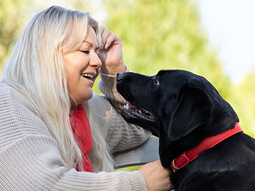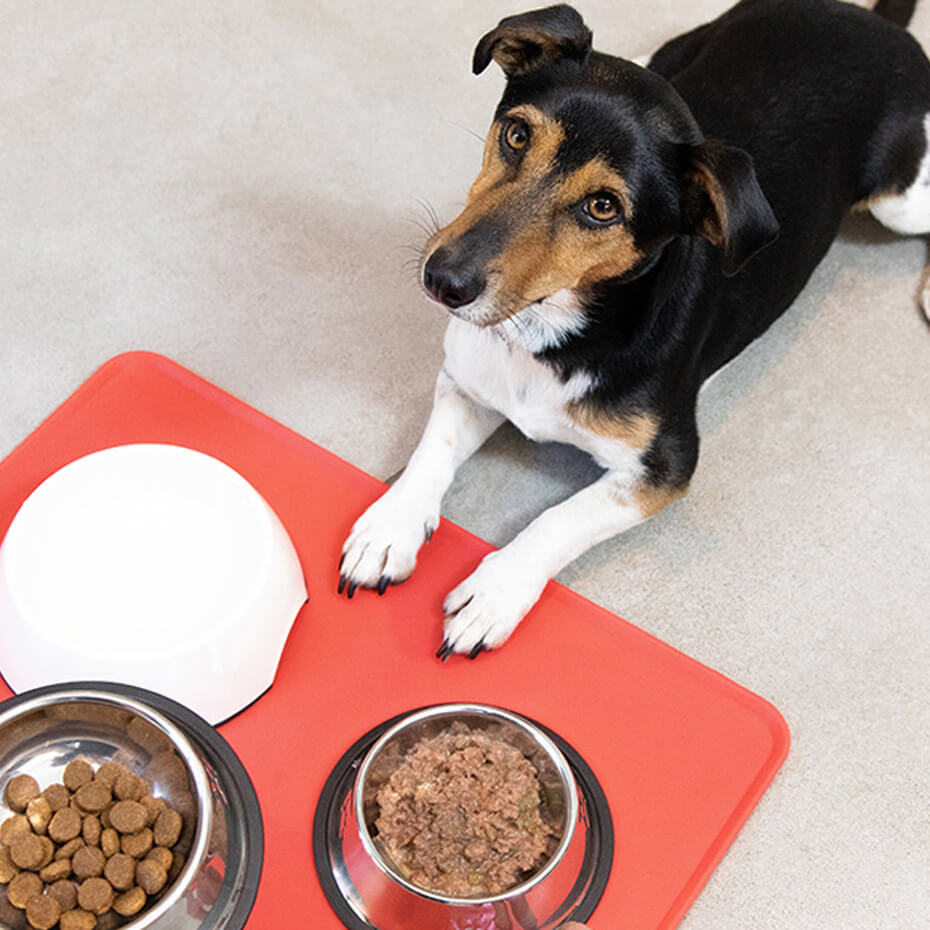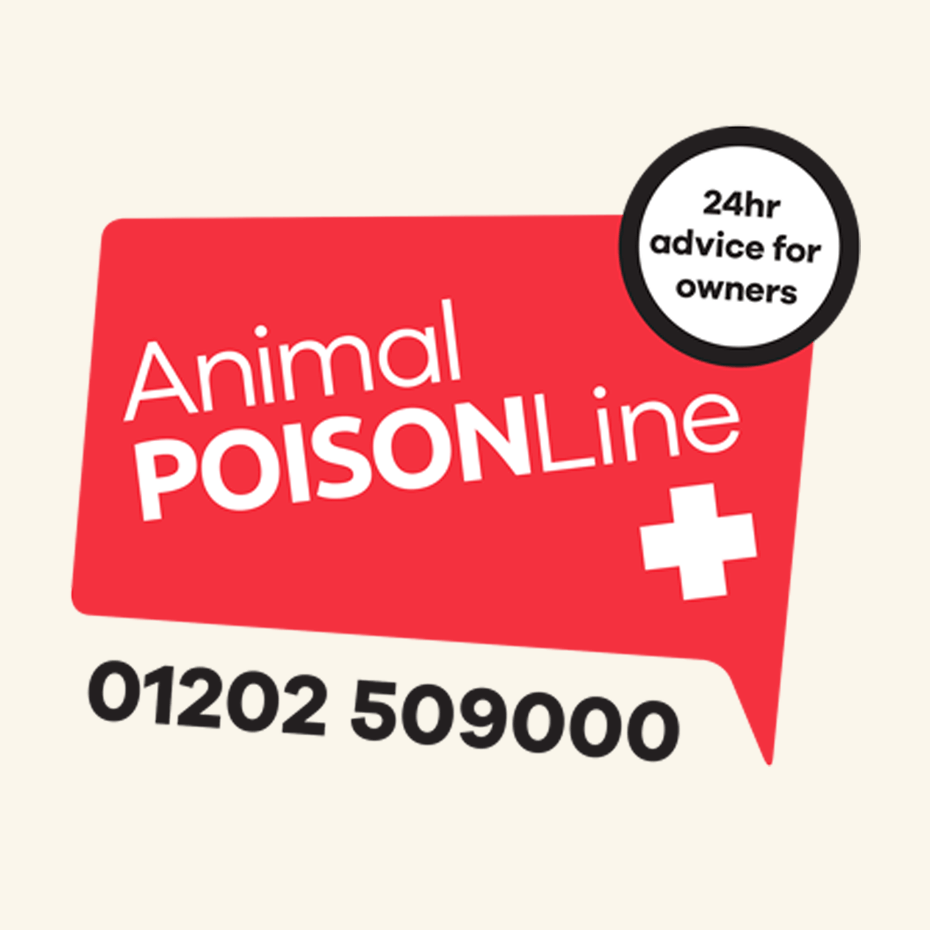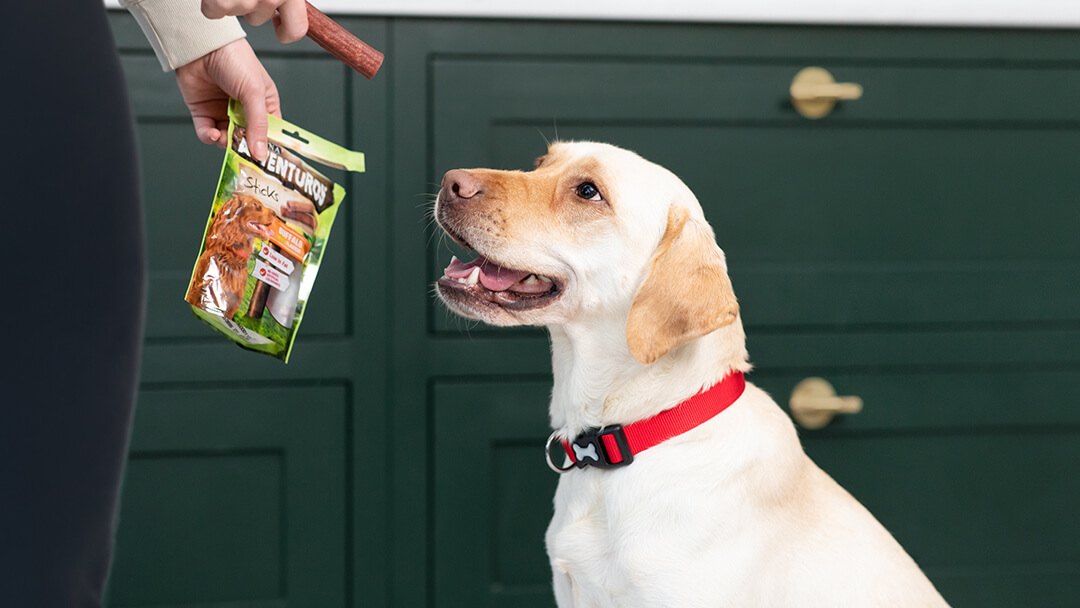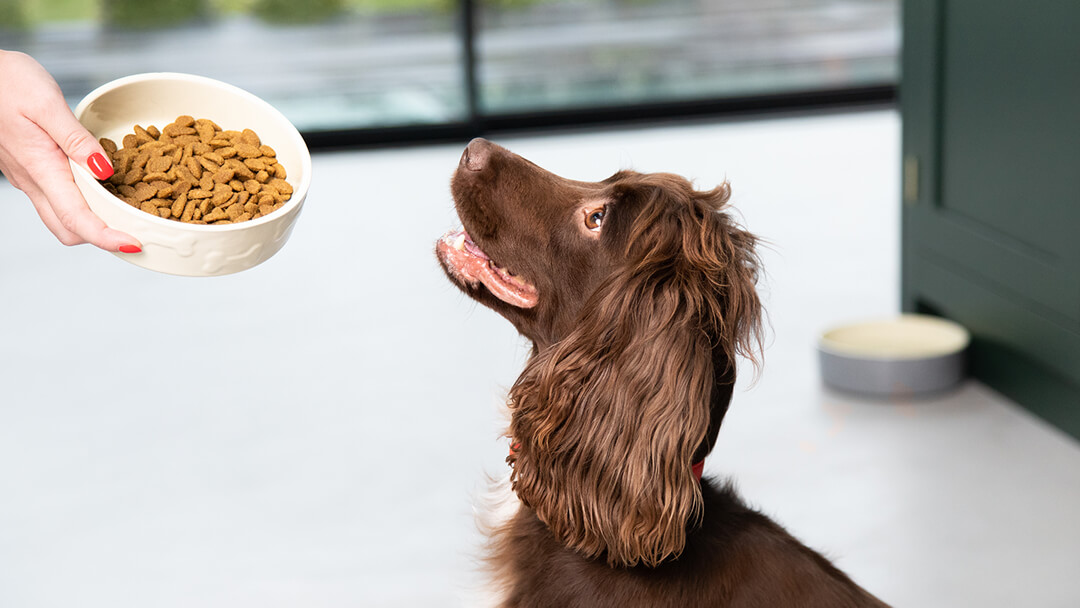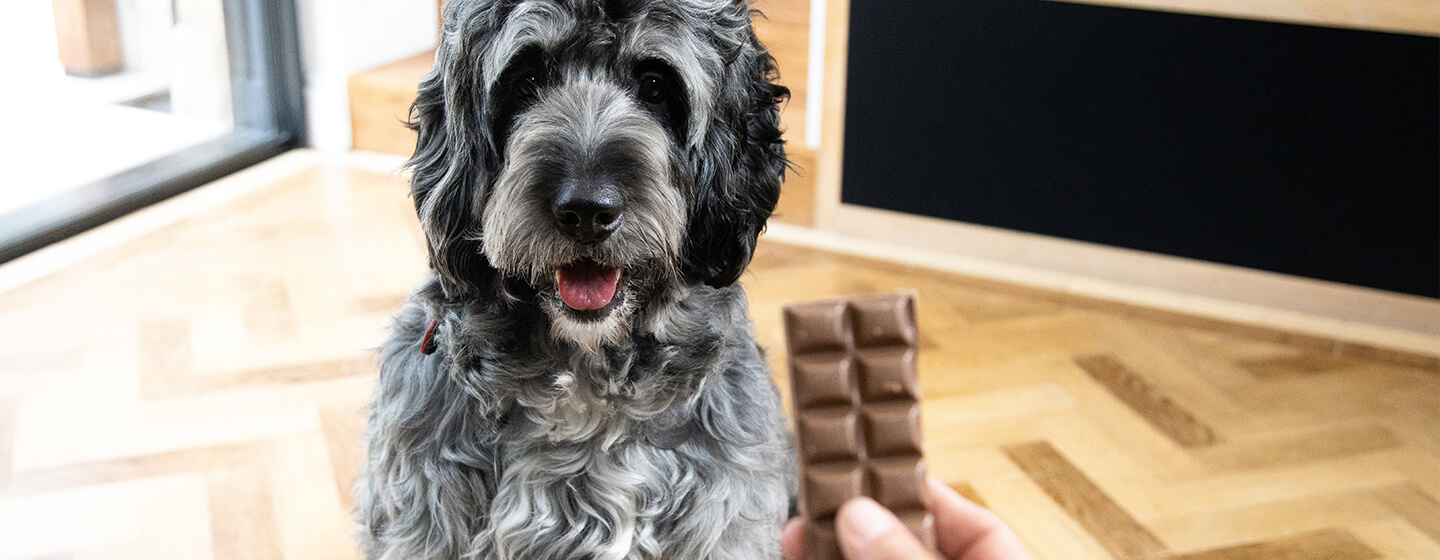
Many owners know that dogs shouldn’t eat chocolate, but do you know why? An accidental chocolate button dropped on the floor can be gone in instant - so be sure that you know what to do if your dog eats chocolate.
We all like to indulge in a delicious bar of chocolate time after time, and as a nation of dog lovers, we’re all about sharing the experiences and flavours we love with our canine friends. But there is such a thing as too much of a good thing, which is particularly true with chocolate. It may surprise you to learn that dogs eating chocolate can be fatal as it’s highly poisonous and if they eat even the smallest amount, you’ll need to seek veterinary help straight away.
At Purina, we care about your dog’s health and want to make sure they’re happy and healthy, which is why we’ve created this guide to tell you all you need to know about chocolate poisoning in dogs and what to do if your dog eats chocolate.
Can dogs eat chocolate?
No, dogs can’t eat chocolate. Although not all canines are as susceptible to becoming ill from eating chocolate, it isn’t good for any dog. Feeding your dog some of your Easter egg as a treat will probably have the opposite effect that you intend, and can result in some hefty vet bills.
Why is chocolate bad for dogs?
Chocolate contains an ingredient called theobromine, which human beings can metabolise naturally, but dogs can’t. Due to this, ingesting any foodstuff containing it leads to a build-up of theobromine, which can become toxic.
Are there certain types of chocolate which are worse than others?
Some chocolate contains higher levels of theobromine than others. Dark and cooking chocolate and cocoa have the highest levels, whereas milk and white chocolate have the lowest. It only takes less than an ounce of dark chocolate to poison a 19kg dog, so if you suspect your dog’s ingested even the smallest amount, seek veterinary help right away.
Unfortunately, there’s no way to determine the exact amount of chocolate that a dog has to consume to become at risk of serious illness, as every animal’s metabolic rate is different.
Symptoms of chocolate poisoning in dogs
If you suspect your dog of eating chocolate, keep a close eye on them for the next 24 hours, as this is when symptoms will most likely start to develop. Some of the signs of chocolate poisoning in dogs you can look out for are listed below:
- Restlessness.
- Increased rate of breathing.
- Increased heart rate.
- Frequent urination.
- Vomiting.
- Diarrhoea.
- Seizures.
It may be that your dog vomits the chocolate fairly quickly, and doesn’t progress on to more serious symptoms. However, if you’re aware of the amount and type of chocolate that has been consumed, it’s advisable to contact a vet for further advice.
What to do if your dog eats chocolate
If your pet has stolen the Easter egg stash, you might not even realise what has happened until they start exhibiting symptoms. If you notice your dog eating chocolate or suspect they have, it’s important that you follow the following steps as soon as you can:
-
Contact a vet ASAP and tell them the facts
As soon as you learn that your dog’s eaten chocolate, phone your vet straight away and tell them everything you know. If you can, have the wrapper or box from the chocolate at the ready so you can provide them with further details and hopefully, determine how much chocolate your dog managed to get their paws on. Also, give your vet a rough estimate of the size and weight of your dog – if you’re contacting their regular vet, they should already have this on file. These details will give an indicator of how much danger they may be in from the chocolate poisoning. -
Get them to your vet for treatment
Once you’ve contacted your vet and let them know that they’re expecting you, get them there as soon as possible. If it’s been 2 hours or less since they’ve ingested the chocolate, they may induce vomiting to try and rid the toxic ingredient from their system before it has time to build up. Never induce vomiting on your own at home, without the express advice of a professional vet. If your dog begins to exhibit any of the symptoms of chocolate poisoning in dogs, your vet will begin a series of reactive treatments, which may include IV fluids and antiarrhythmic drugs, if your dog is showing signs of seizures.
In all cases, contacting your vet as soon as possible is always the answer to what to do if your dog eats chocolate. Inducing vomiting early on will give your pet the best chance of avoiding long-term, serious or fatal complications, so the earlier they can be seen by a vet the better.
Alternatives to chocolate for dogs
Where dogs can’t eat chocolate, there are still plenty of ways to treat your dog! Stick to safe, approved, and specially formulated dog treats that be eaten without risk of illness. Although a human would love a nice slice of chocolate cake, you can be sure that your dog will prefer a few hours spent chewing on a tasty bone, or a quick and satisfying dip into the dog biscuit bag. There are numerous dog treats available that aren’t only tasty for your dog, but also provide a range of benefits for their health, like added nutrients and dental care.
Don’t be tempted to treat your dog to chocolate at Easter or Christmas—or it could be a more dramatic family occasion than you had intended! Stick to safe and specially formulated dog treats to treat your dog the right way.
